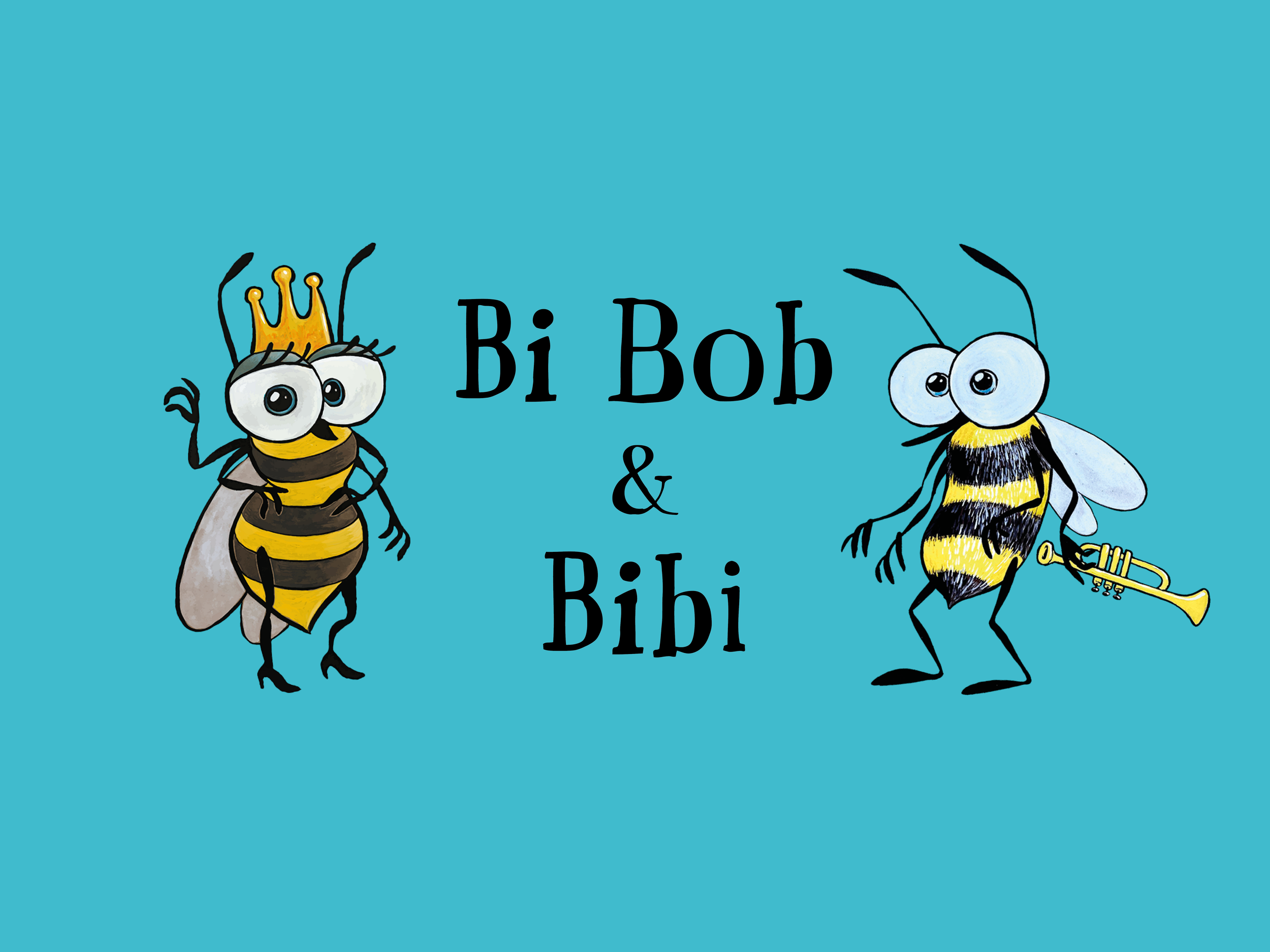SEHNSUCHT - LIFE LONGINGS AND THE PURSUIT OF HAPPINESS
Composed by Anna Bignami for Aarhus Jazz Orchestra
Prelude: Happiness Paradox
mov 1: De Sidero
mov 2: Tritime Focus
Interlude: Positive Psychology
mov 3: Uketamo
mov 4: Bittersweet
"Sehnsucht" is the German word for longing or yearning for something forever lost or unattainable, symbolising a desire for an ideal or utopia. Ultimately what humans universally long for is happiness.
The theme of longing and the pursuit of happiness is particularly relevant to Denmark, which consistently ranked among the world's happiest countries due to factors like a strong welfare system, high trust levels, collective prosperity, and a good work-life balance. However, these rankings don’t include an analysis of people’s emotional state: an increasing number of people in Denmark and Europe are regularly experiencing depression and anxiety.
So what is happiness? Why so many of us experience unhappiness? Is it possible to train ourselves to be happy?
Prelude, Happiness Paradox: Studies show, the more we pursue happiness the less we are likely to achieve it. That longing for the better becomes a journey riddled with disappointments among the few small successes. Happiness Paradox is a “Rosetta Stone” for the following movements, presenting the motives that are going to be heard throughout the suite.
Movement 1, De Sidero: The word “desire” stems from the Latin De Sidero, meaning “from the stars”—implying a longing for something distant and unattainable. This idea is echoed in the piece’s rhythm, which adds a beat at the end of each phrase, and in its rising and falling melodies, reflecting the ongoing, unfulfilled pursuit of our desires. The Blues, a key element in this piece and the entire suite, also speaks to deep yearning. Born in the American cotton fields and sung by African slaves, it gave voice to a profound longing for freedom—shaping the roots of jazz as we know it.
Movement 2, Tritime Focus: A key obstacle to happiness is our tritime focus: we fixate on the past making us feel regretful, on the future bringing a sense of anxiety, and on the present reminding ourselves of our chronic dissatisfaction, always wanting what we lack. This tension is expressed through the piece’s darker tone and faster groove. Drawing from the triangular structure of a “Korvai”—a form of rhythmic composition typical of South Indian Carnatic music—the piece unfolds across three rhythmic environments.
Interlude, Positive Psychology: Positive psychology is the branch of psychology that studies the issues related to the pursuit of happiness, or should we say the pursuit of “contentment”? Maybe happiness should be more about acceptance of both the good and the bad rather than the achievement of an impossible reality.
Movement 3, Uketamo: Uketamo is a Japanese term meaning “I accept” or “I embrace,” rooted in the philosophy of acceptance and tied to Wabi-Sabi—the belief that nothing lasts, nothing is finished, and nothing is perfect. While many chase happiness as a goal, often feeling they're never “enough,” Uketamo suggests that true contentment comes from accepting life as it is. Musically, the piece reflects this through interwoven motifs that are introduced one by one, each developing the previous one, and always returning to the beginning.
Movement 4, Bittersweet: Bittersweet captures the coexistence of joy and sorrow— often linked to nostalgia, endings, or meaningful transitions. In the pursuit of happiness, small triumphs are tempered by disappointments, making bittersweetness one of the most complex, but universal, human emotions. The piece reflects this through hymn-like harmonies and a slow, nostalgic mood. It revisits themes from earlier movements, culminating in a final collective effort, with three soloists—one from each orchestral section—bringing closure to the whole suite.
Anna Bignami has quickly established herself as one of the most compelling new voices in jazz composition. Born in Italy and currently based in Denmark, she has collaborated with acclaimed ensembles such as Kalaha, Abekejser, and Athletic Progression. Her original approach to the language of jazz has earned her international recognition, and in 2023 she received the Aarhus Jazz Festival Talent Award for her work as a composer and conductor.
Her piece The Blue Fairy was awarded first prize at the prestigious Sophie Desmarais International Composition Competition for Large Jazz Ensemble in 2022, where she was praised for her sonic finesse and her ability to create an atmosphere that balances between film noir and contemporary jazz.
Aarhus Jazz Orchestra is an award-winning big band based in Aarhus. The ensemble features some of the absolute best musicians on the Danish jazz scene and regularly receives critical acclaim, including multiple nominations and awards at the Danish Music Awards Jazz. Over the years, they have collaborated with some of the most iconic jazz artists of our time, including Jamie Cullum, Eliane Elias, Kurt Elling, Randy Brecker, Melody Gardot, John Scofield, Peter Erskine, David Sanborn, Dee Dee Bridgewater, and many more.
UPCOMING CONCERTS WITH AARHUS JAZZ ORCHESTRA
Line-up til koncerten
Teitur - Vokal, komponist og arrangør
Jan Lynggaard Sørensen - Dirigent
Saxofoner
Frederick Menzies
Johan Toftegaard Knudsen
Michael Bladt
Cesar Joaniquet
Michael Olsen
Trompeter
Felix Meyer
Thor-Erik Langseth
Lars Søberg
Jakob Sørensen
Tromboner
Tobias Stavngaard
Jonathan Bruun Meyer
Lis Wessberg
Henrik Resen
Mads Bærentzen - Piano
Frederik Sakham - Bas
John Riddell - Trommer
Mark Solborg - Guitar














